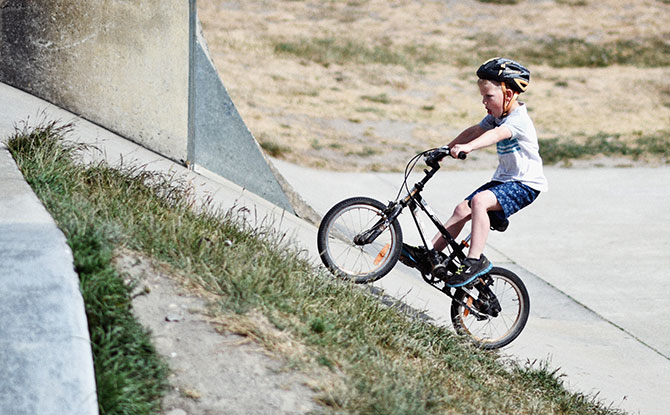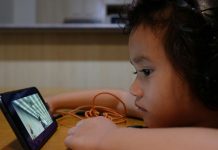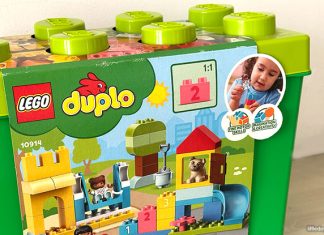
Do you find it difficult to introduce new activities and routines to your child? Is he or she averse to risk-taking?
Risk-taking is important for child development. When children are allowed to take risks, they learn about emotional regulation especially fear, anxiety and anger. Eventually little ones will leave the nest, hence parents need to empower them with the ability to tackle tough situations though adapting and overcoming adversity.
Risk-taking also promotes physical health and encourages children to stay active. One study showed that parents who allowed children to have independent outdoor play led to more physical activity after school and during the weekends.
Hence it does not benefit your child when you are overprotective or overly-imposing. Risk is a fundamental part of life, when we try a new activity, learn a sport, make a decision, there is also a degree of risk involved. Hence, good risk taking means a measure of sense, deliberate decision-making, opportunity-seizing, enjoying greater confidence and self-esteem.
MID AUTUMN FESTIVAL: Lanterns, Lights and Festive Fun
GIVEAWAY FOR ENEWSLETTER SUBSCRIBERS: LEGO DUPLO Deluxe Brick Box
How do you encourage your little ones to take risks in a safe manner? We have 5 tips for you.
Ways to Encourage Risk Taking In A Safe Manner In Your Child
1. Let our fears go
We tend to transfer many of our fears, some unfounded, on our children. Whether it’s fear of insects, heights, animals, even fear of dirt – these could inhibit our children’s risk-taking appetite. We often hear “That’s dirty!”, “That creature could sting you!”, “You can get kidnapped.” If we utter such phrases too frequently, habitually and raise our children in a climate of fear, our children may be trapped in a bubble of comfort much like the frog in the well.
2. Communicate with your child potential risks involved

Adult caregivers should speak to children about planning for risks. Whether it’s going down the slide, slicing fruit, crossing the road, question the what and why. Describe the task, for instance, “The knife is sharp, hold it by the handle and keep your fingers away from the sharp edge.”
And praise your child when the task is performed well, “Wow, the fruit is cut! You handled the knife well and didn’t cut yourself.”
You could ask your child how he or she felt about the task and perhaps encourage the risk-taking behaviour within safe limits by introducing other tasks. “Now that you have sliced the banana, how about the apple?”
3. Allow your child to make mistakes or fail
Mistakes will be made and should be made. Parents should allow children to “mess up” and experience consequences. Unless there is an imminent danger that could be serious physically or emotionally, parents should avoid intervening. Support your child and allow experimentation, learning and growth.
Similarly, we all learnt to walk with a decent amount of faiing. Hence, it is only through falls, failures, mistakes we learn to navigate obstacles with new knowledge, experience and confidence.
4. Teach your child to identify “good risks”
Coach your child intelligent risk-taking. This is one critical life skill that will help your child through the ups and downs of life. Identify and weigh the risks, clarify the amount of risk and think through the course of action. A pro con list might prevent your child from making foolhardy decisions that could be costly. A review of the decision should be taken as well.
5. Validate fears and affirm your child
It is ok to feel fear, validate those emotions as they can immobilise anyone. Let them know you are within sight and that you are there to support them. Reassure your child so they feel safe and also affirm them to be competent to perform the task.
Refrain from making gender biased comments but empower your child to know that they are capable of doing big things.
Some examples of empowering language includes:
“I believe in you, you can do this”
“It is ok to be scared, know that I’d be here watching you. Here’s a hug.”
“Here’s a High five for you, you can scale this wall just like how you did all the other times.”
Take that leap of faith with your child
It takes courage to take that first step, to try out a new skill, to make new friends – be there for your child so both of you can take that risk together! Let’s empower our child to dare to try and dare to be risk-takers, for they will be the future generation doing great things!





















